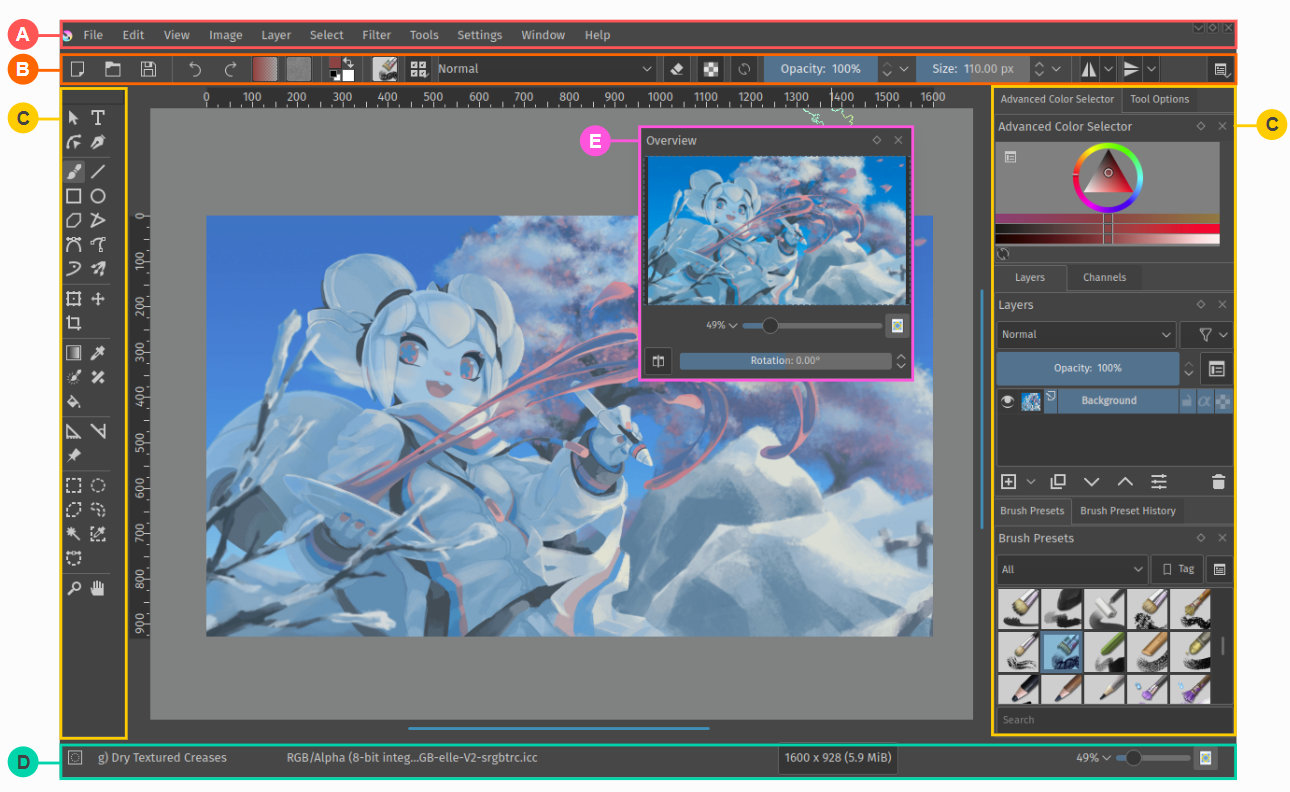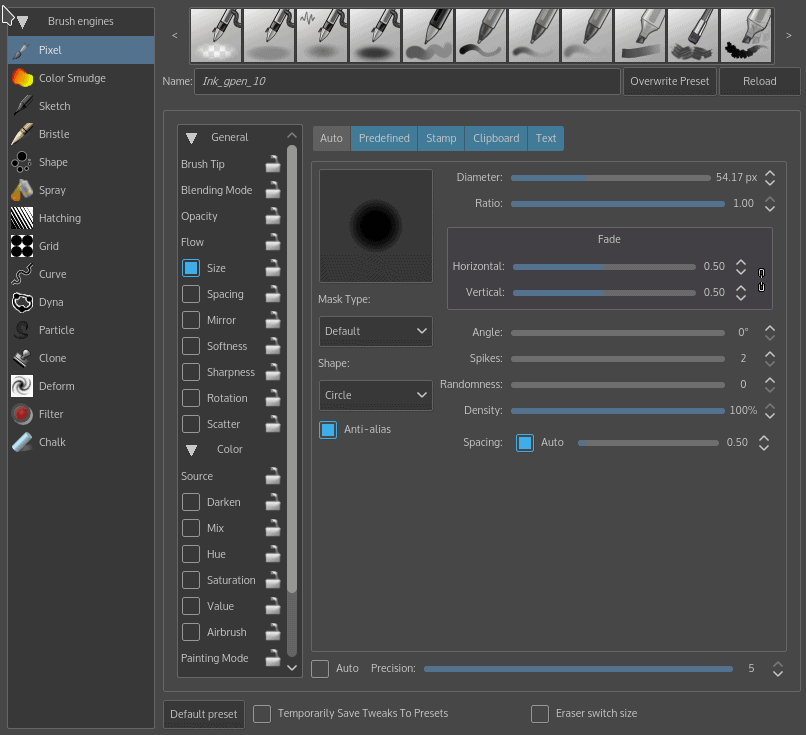

For example, you can group an effect layer and a clone layer to isolate a special effect without actually moving your source layer from its group. Clone: An effect layer that updates based on its "parent." It's a little like an alias or symlink for layers and can be helpful when you need one layer to be in more than one place.

It could have interesting results for some photos, though. This is very much an illustrator's tool, and I've found little to no use for this tool in photography.
Colorize mask: Colorize regions of a picture with just one stroke of a paintbrush. Because it is a layer and not just a jumble of settings, it's easy to duplicate on other layers as needed, and it can stack with other filters. Filter mask: Like a filter layer, a filter mask is a layer that gets attached to just one other layer. Combined with a group layer, you can apply this lens to only the layers you want. Filter: A layer containing nothing but an effect, which gets applied to all layers below it, as if you were looking at your image through a special lens. This layer stores vector data, including text. Vector: It's no Inkscape, but Krita does support vector and has several good vector drawing tools. Paint: The default kind of layer containing raster data. What matters is what Krita does with all those layers. Of course, more doesn't always mean better. It's got twelve different kinds of layers. There's a reason I mention this as a requirement, though. 
Krita, of course, has layers, and in fact, so many paint and photo applications do these days that I probably could have glossed over it. That was one of the first game-changing features of digital photo editors, and it remains one of the most basic requirements. Free online course: RHEL technical overview.







 0 kommentar(er)
0 kommentar(er)
